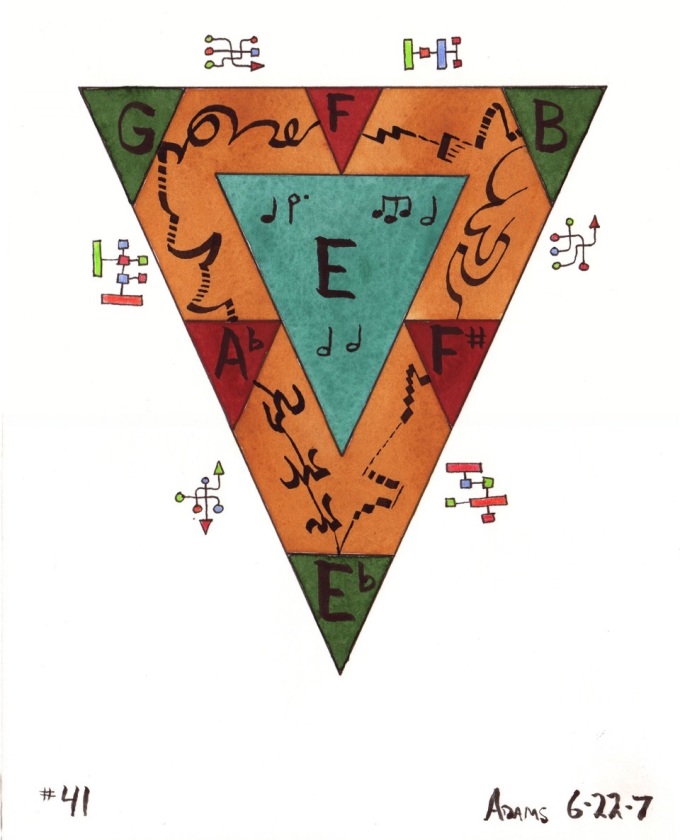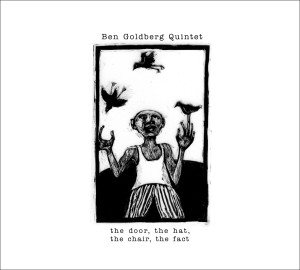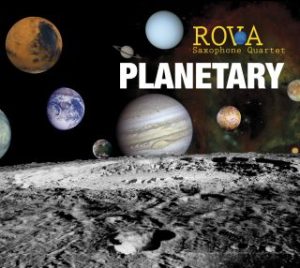
Bandcamp Friday is coming up, the first-Friday-of-the-month sale where the website becomes a nonprofit for a day, donating its cut of all music sales to the artists. It’s a nice gesture on their part, and a great way to support musicians. (Much better than Spotify. I do use Spotify, but independent musicians and creative-music artists lack the “scale of catalog” to earn even couch-cushion change from the platform.)
Bandcamp Friday is fun to support, and it takes on a different, equally glowing feeling when it comes to a nonprofit label that’s giving away its own proceeds already.
Minus Zero, founded in 2017, is an online label that donates its revenues to Planned Parenthood. “Label” might be the wrong word. Minus Zero is more like a community collective, a never-ending bake sale where artists (a combination of Bay Area folks and New Yorkers) can convert some of their work into money to a good cause.
The catalog is a trove of current and archival recordings, including some live work:
- ROVA Saxophone Quartet has contributed an album of graphic scores, and you can also buy the scores themselves.
- Vinny Golia contributed his manic Music for Woodwinds, Strings, Piano, and Percussion, originally released on the pfMentum label and reviewed here.
- The terrific improvised-jazz trio of Ben Goldberg, Vijay Anderson, and Sheldon Brown (clarinet/drums/sax) released a group of studio recordings combining full-length tracks and some miniatures
- As noted previously, improv-metal trio Trigger teamed up with vocalist/violinist Dina Maccabee to create a nice noisy album.
A lot of Minus Zero’s output takes advantage of the lack of a physical format — no LP sides or CDs to fill:
- Live at Temescal Arts, by Josh Marshall and Daniel Pearce, is a 22-minute sax/drums improvisation, energetic and thoughtful.
- Small Cities, by Vinnie Sperrazza and Noa Fort, is an 8-minute handful of percussion miniatures.
- Drummer Jordan Glenn’s group BEAK put forth a clutch of live tracks.
And there’s plenty more to explore from the likes of Beth Custer, Lisa Mezzacappa, Ava Mendoza, Marco Eneidi (!), John Tchicai, and Robert Dick. The label’s newest releases include For Diane, a multi-artist album of piano solos in tribute to the late Diane Moser. Plenty to explore, and this Friday marks a particularly nice moment to lay down a few dollars in support.
Separately, Minus Zero has forwarded around this group of links pertaining to the political assault on healthcare and women’s reproductive rights. If this isn’t the right time for you to support the cause with your wallet, you can support it in spirit by staying educated:
Texas Tribune
www.texastribune.org/2021/05/18/texas-heartbeat-bill-abortions-law/
www.texastribune.org/2021/07/13/texas-heartbeat-bill-lawsuit/
Democracy Now
www.democracynow.org/2021/7/13/reproductive_rights_roe_v_wade_scotus
AP (Montana)
apnews.com/article/health-abortion-laws-montana-planned-parenthood-92274e5af2f373b9a1fae952e2c4367c
Guttmacher Institute
www.guttmacher.org/state-policy/explore/abortion-policy-absence-roe#






 The world had better damn well miss Fred Ho. Radical, revolutionary, bandleader, writer, philosophizer — he was a brash, larger-than-life character, the type who doesn’t come into jazz’s orbit much any more. He championed the baritone sax specifically for its loud, unyielding sound.
The world had better damn well miss Fred Ho. Radical, revolutionary, bandleader, writer, philosophizer — he was a brash, larger-than-life character, the type who doesn’t come into jazz’s orbit much any more. He championed the baritone sax specifically for its loud, unyielding sound.














